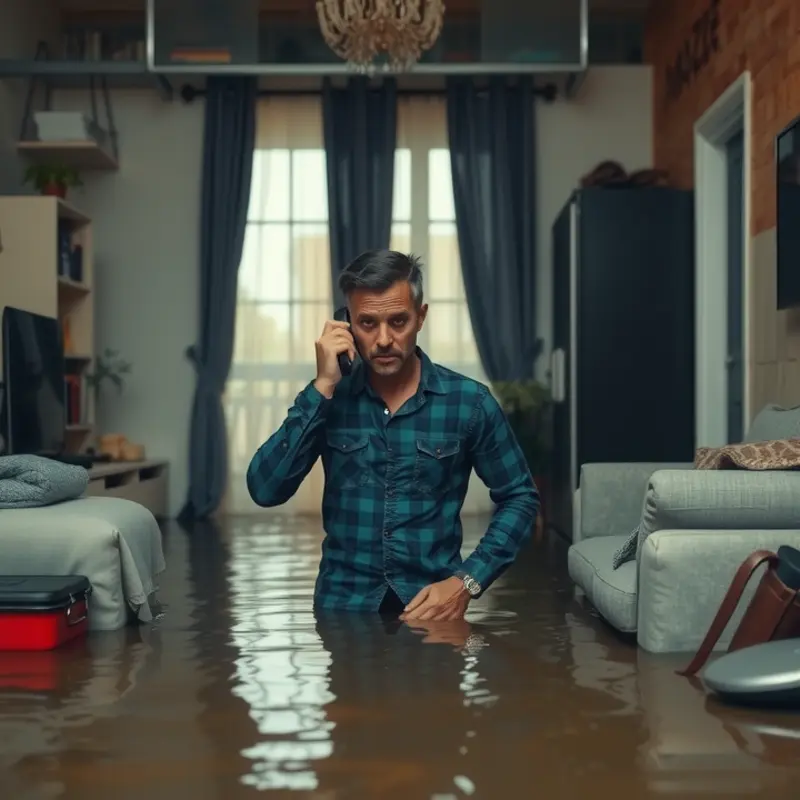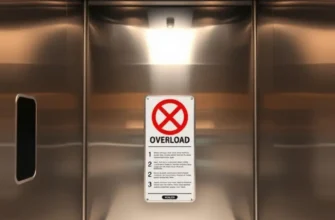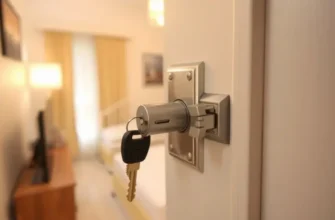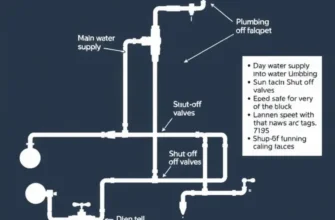Living in an apartment can be a rewarding experience; however, it also comes with unique challenges, particularly regarding maintenance and safety. One of the most alarming issues renters may face is flooding, whether from a natural disaster, plumbing failure, or an unexpected leak. The immediate aftermath can be overwhelming: damp carpets, damaged furniture, and the potential for mold growth. Prioritizing your safety and security during such events is crucial. Knowing how to prepare in advance can greatly mitigate losses and stress. This guide aims to provide you with straightforward tips on how to handle apartment flooding effectively, emphasizing hassle-free maintenance solutions. By understanding the preventative measures you can take and how to respond if the worst happens, you can confidently protect your living space and belongings.
Essential Preparations to Protect Your Apartment

Preparing your apartment for potential flooding is a crucial undertaking that involves practical steps to secure your space against water damage. Begin by assessing the vulnerability of your apartment to flooding. This might mean scrutinizing local flood maps or understanding the historical flooding records for your area.
Safety Measures and Materials
Invest in essential materials that bolster your apartment’s defense against water intrusion. Sandbags, for example, can be a frontline defense against rising waters. They are simple to place and effective at redirecting or containing water flow. Consider rain guards or flood barriers for doorways and windows, as these can provide a vital seal against incoming water.
Elevate electrical appliances and valuable items wherever possible. Positioning these items higher off the ground can prevent costly damage in case of unexpected water entry. Additionally, consider using water-resistant containers for important documents and keepsakes.
Preventative Maintenance
Routine maintenance plays a significant role in preventing flood damage. Regularly inspect and clean drains, gutters, and downspouts to ensure water can flow away from your home efficiently. Blocked drainage can lead to water buildup, potentially resulting in an easily avoidable flood scenario.
Inspect the sealing around your windows and doors. Apply waterproof sealant to any areas where water might seep through. By maintaining robust seals, you reduce the risk of water entering your apartment during heavy rains.
Planning and Communication
Draft a flood emergency plan that includes escape routes and safety measures. Communicate this plan with everyone in your household, ensuring that all parties are familiar with the procedures in the event of a flood.
Open a conversation with your landlord about flood preparedness. Inquire about the measures they have in place or are planning to implement. Highlighting the importance of flood prevention can motivate them to invest in building-wide precautions that reduce risk for all tenants.
Ensure you are aware of your apartment insurance details. Renters insurance might cover some flood damages, so understanding your coverage is crucial. Discuss any gaps with your insurance provider and consider policy adjustments if necessary.
A well-thought-out strategy for flood preparedness is essential. By implementing practical safety measures, conducting regular maintenance, and engaging in proactive communication, you can fortify your apartment against the unpredictable events that nature may present. For more ways to enhance your apartment’s safety and resilience, check out safe apartment laundry habits.
What to Do When Flooding Occurs

When flooding strikes your apartment, swift action is vital to ensure safety and minimize damage. First, prioritize your safety by cautiously assessing the situation. If water levels are rising quickly, move to higher ground immediately, avoiding areas where water depth is unknown. Remember that only six inches of moving water is enough to knock a person over, so do not underestimate water power.
Once safe, contact emergency services if necessary, especially if the flooding appears severe or life-threatening. In such scenarios, they can direct or assist you on safe evacuation procedures.
Communication with your landlord is a critical next step. Inform them about the flooding, detailing any visible damage. Images and videos can be extremely useful here, as they offer concrete evidence of the issue and aid in expediting the response and repairs.
Securing your belongings should follow. If possible, move valuable items and electronics to higher ground. Unplug devices safely, ensuring you do so with dry hands and away from water-logged areas to prevent electrical shock. Consider using plastic bins for extra protection against water damage.
Mitigating damage involves more than safeguarding possessions. Protect your apartment’s structural integrity by shutting off utilities when safe to do so. This means turning off electricity at the circuit breaker and stopping water and gas lines. However, only do this if you can safely access the switches.
Quickly addressing standing water is also essential. If the flooding source is clear, like a burst pipe, you can sometimes resolve the immediate problem by shutting off the water main. Begin cleaning up as soon as it’s safe. Use mops, towels, or a wet/dry vacuum to start removing water, but remember that the priority is safety and not re-entering the area prematurely.
Monitor for any signs of mold or mildew, which can set in swiftly in damp environments. Once the situation is under control, speak with your landlord about professional mold mitigation services. Bringing up the potential for related insurance claims may be necessary, depending on the severity and specifics of your lease terms.
Documentation throughout this process is crucial. Capture photographs and maintain written records of the damages and your communications with both the landlord and any other relevant authorities. Such documentation is invaluable, especially when disputes over repair responsibilities or insurance claims arise. You might also find it helpful to explore additional safety measures, like safe apartment laundry habits, to minimize future risks.
Navigating an apartment flood is undoubtedly stressful, but with the right actions, you can protect your well-being and property. Staying informed and prepared is key to overcoming such challenges effectively.
Final words
Flooding in your apartment can feel intimidating, but with the right preparations and knowledge, you can face such challenges with confidence. Prioritizing safety and effective communication with your landlord or property management is essential. Remember to document any damage and keep a list of essential contacts handy. Whether through protective measures or immediate response strategies, staying proactive can significantly alleviate the stress caused by flooding. Use this guide to ensure you are well-prepared, and remember, it’s always better to be cautious and informed.









